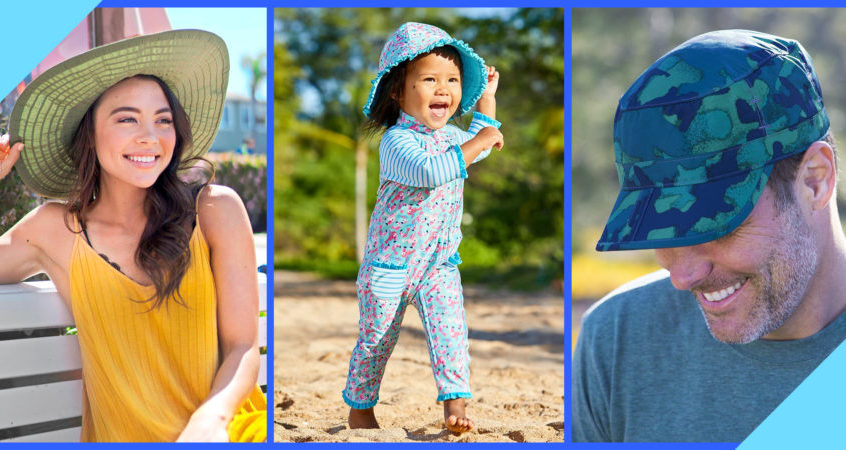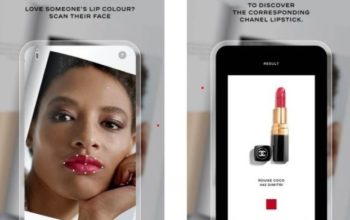From your scalp to your toes, here are the areas most of us don’t pay enough attention to.
Here’s 8 sneaky spots where skin cancer hides.
The following written content by Marygrace Taylor

It makes sense that skin cancer is most likely to crop up on areas of the body that get the most sun exposure, such as your face, chest, arms, and legs. But that doesn’t mean the rest of you should get a pass when it comes to checking for suspicious spots or growths.
“Skin cancers can essentially form anywhere we have skin,” says Purvisha Patel, M.D., a board-certified dermatologist based in Memphis. While exposure to the sun’s UV rays is a major skin cancer driver, it’s far from the only factor. Age, genetics and family history, immune system health, environmental factors, and even just having a lot of moles can all play a role, according to the Mayo Clinic.
That means even areas of your body that don’t see much (or any) sun can still be at risk. Ahead, dermatologists break down eight areas that most of us don’t pay enough attention to, plus the simple steps you can take to protect them.
Scalp

Why it’s at risk: Even if you’re diligent about slathering sunscreen all over your face, unless you’re bald, you’re probably not slicking the stuff on top of your head. But hair alone won’t block the sun’s UV rays, Dr. Patel notes. That’s especially true if you have light-colored locks or your hair’s on the thinner side. “In fact, part lines on the scalp are one of the most common places for skin cancer,” she says.
How to protect it: A wide-brimmed hat is your best bet. Not only will it keep UV rays from reaching your scalp, it’ll also give your face some extra protection. Just make sure the hat doesn’t have any holes or vents where light can sneak through, Dr. Patel says.

If you’re not wearing a hat, it’s really worth putting some sunscreen up there. “Spray sunscreen is a good choice, as it can penetrate the hairs and actually get on the scalp,” says Dr. Patel. If you’re bald, a lotion or sunscreen stick is a more effective option. There are also sunscreens that are specifically formulated for the scalp.
Palms of the hands and soles of the feet
Why they’re at risk: It’s no secret that the tops of our hands and feet get a ton of sun. (Hello, age spots!) But the bottoms aren’t immune to risk. “They’re an area that’s definitely overlooked. I find in my office when I ask people to remove their socks, they’re often surprised,” says Marisa Garshick, M.D., a board-certified dermatologist based in New York City.
In fact, there’s a specific type of skin cancer that forms just on the palms, soles, and under the nail beds called acral lentiginous melanoma. It’s relatively rare, accounting for less than 3% of melanomas overall, according to the National Library of Medicine. But it’s the most common type of melanoma in people of color. And even if your skin is light, rare doesn’t mean nonexistent.
How to protect them: Experts don’t fully understand what causes acral letiginous melanoma, but it’s thought that genetics or past trauma or injury to the area could be culprits. Read more from Prevention.





